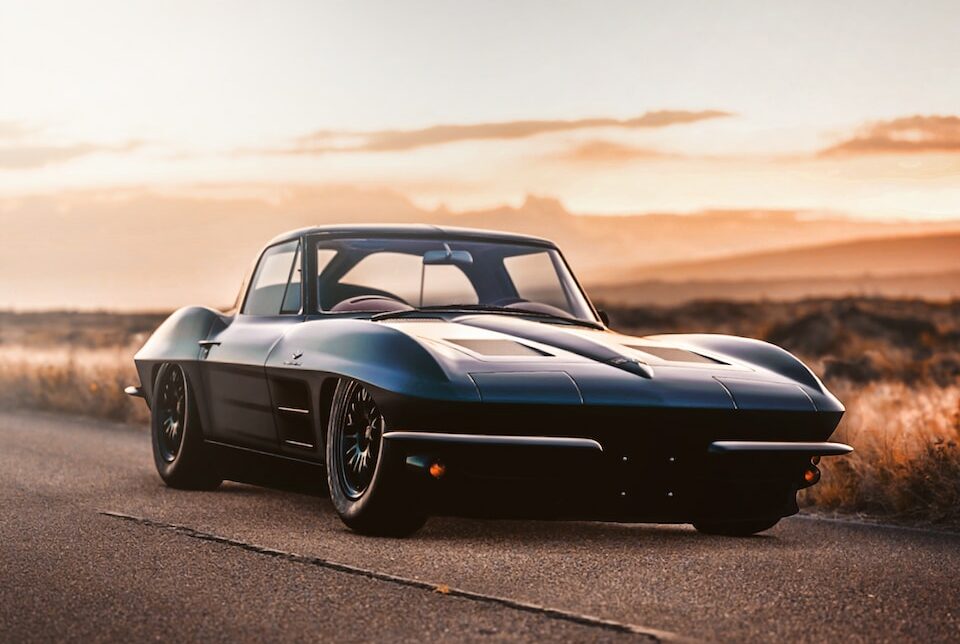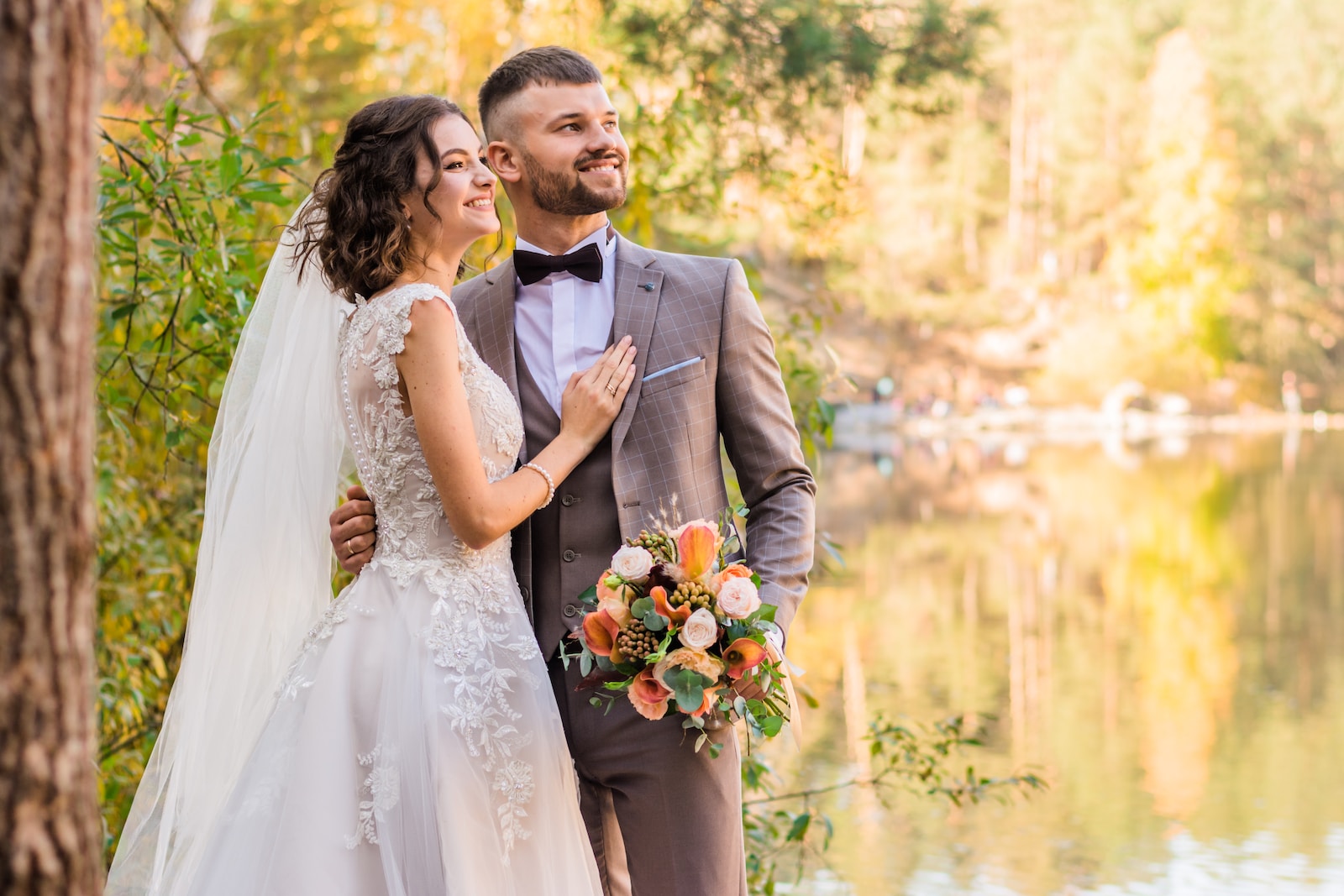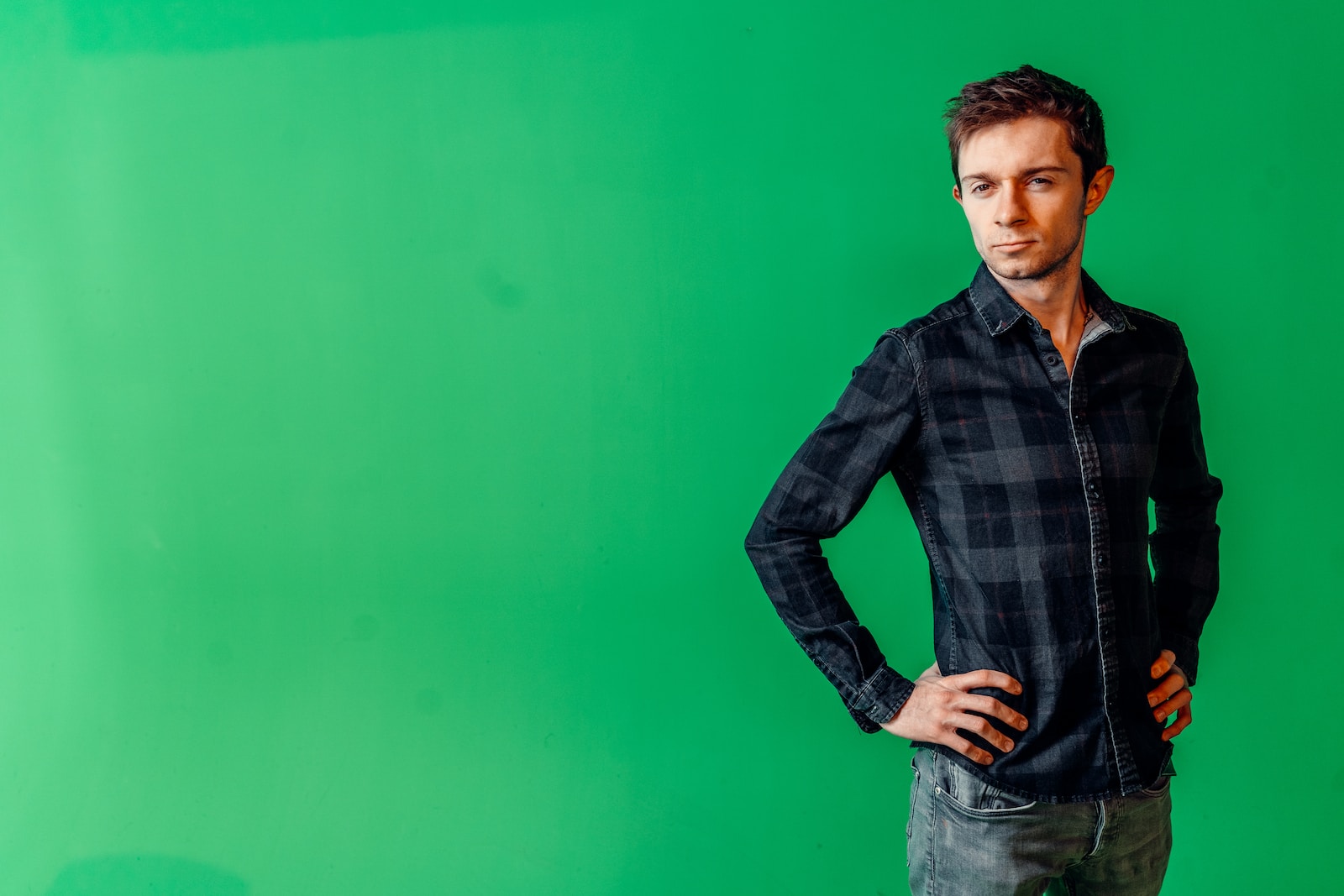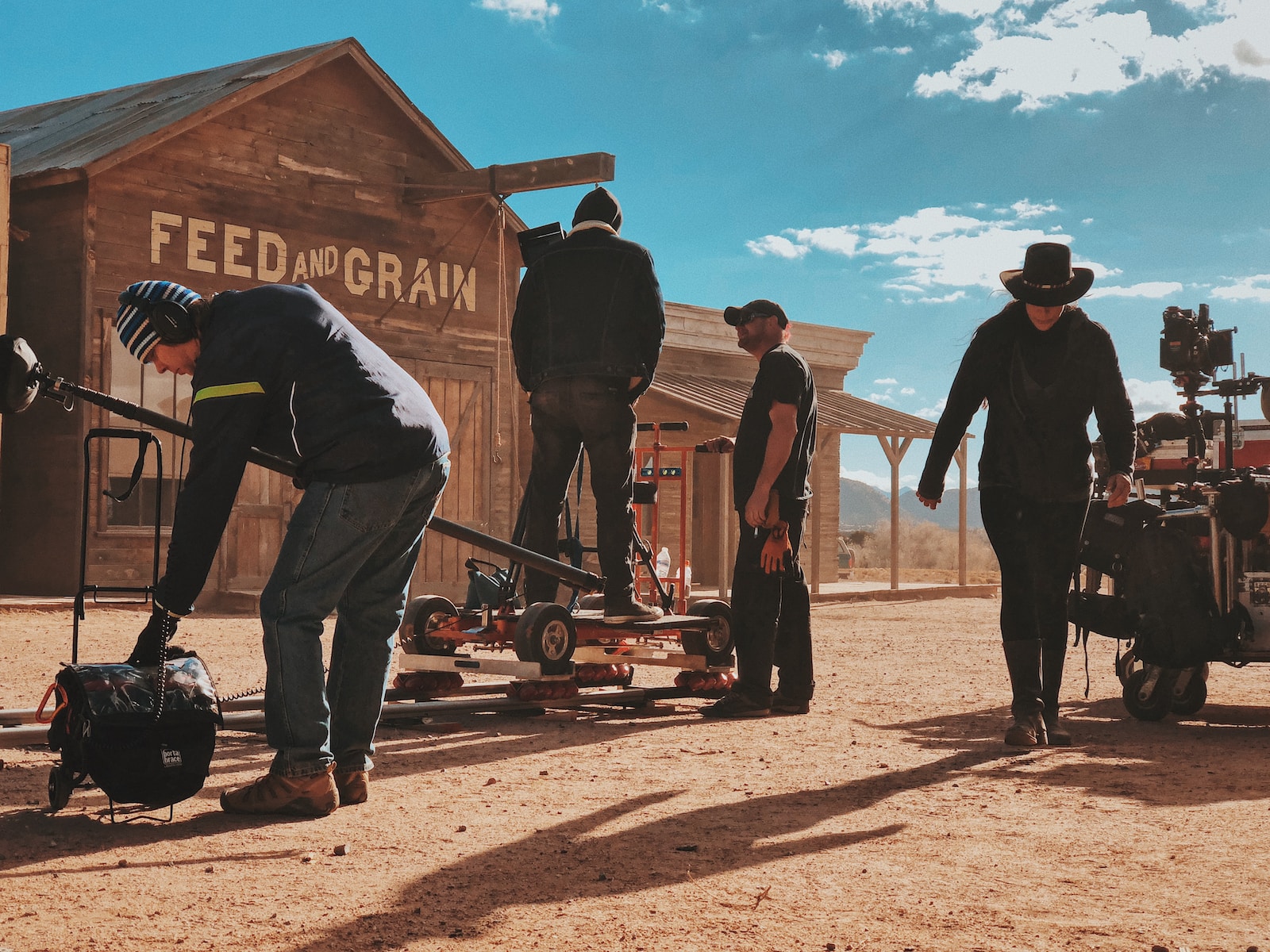Welcome to “Decoding the Essentials of Car Photography Lighting,” a comprehensive guide on achieving ideal lighting situations for captivating car photography. Whether you are a professional photographer or an automotive enthusiast looking to improve your photography skills, this blog will provide you with essential lighting techniques and tips to make your automotive imagery stand out. Discover the art of light manipulation and learn how to create stunning car photographs that showcase the true beauty and details of each vehicle.
Table of Contents
- Understanding the Importance of Lighting in Car Photography
- Key Factors to Consider for Ideal Lighting
- A How-To Guide: Lighting Techniques for Car Photography
- Frequently Asked Questions
- 1. What are the essential lighting techniques for car photography?
- 2. How can I achieve ideal lighting situations for captivating car photography?
- 3. What are some effective ways to manipulate light in automotive imagery?
- 4. Can you recommend any specific lighting equipment for car photography?
- 5. Are there any tips for achieving professional-looking car photography lighting?
- 6. How does lighting impact the overall mood and style of car photography?
- 7. Are there any post-processing techniques to enhance car photography lighting?
- 8. Where can I learn more about advanced lighting techniques for car photography?
- 9. Can you recommend any must-have books or guides on car photography lighting?
- 10. How can I practice and improve my car photography lighting skills?
- Wrap Up:
Understanding the Importance of Lighting in Car Photography
Lighting plays a crucial role in any form of photography, and car photography is no exception. The right lighting can accentuate the curves, lines, and overall details of a vehicle, while poor lighting can lead to dull and flat images. Understanding how light interacts with cars and how to manipulate it effectively can greatly enhance the quality of your car photography.
There are several lighting techniques that you can utilize to achieve different effects and moods in your car photography. From natural light to artificial lighting setups, each technique offers its own unique characteristics. Experimenting with various methods will allow you to develop your own style and produce visually striking automotive imagery.
Light manipulation is an art that involves controlling and shaping light to achieve the desired effect. This technique requires an understanding of how different light modifiers, such as softboxes, reflectors, and diffusers, affect the intensity, direction, and quality of light. By mastering the art of light manipulation, you can create compelling car photographs that capture attention and evoke emotions.
Key Factors to Consider for Ideal Lighting
The time of day has a significant impact on the quality of light available for car photography. The golden hours, which occur during sunrise and sunset, offer soft, warm, and dramatic lighting, perfect for capturing stunning automotive shots. Understanding how to shoot during different times of the day and make the most of natural lighting conditions is essential for achieving optimal results.
In situations where natural lighting is not sufficient or available, utilizing artificial lighting setups can greatly enhance your car photography. Whether using continuous lighting or strobes, understanding the placement, intensity, and direction of artificial lights will allow you to create dramatic effects, highlight specific areas, and eliminate unwanted shadows.
Light painting is a creative technique that involves manually painting light onto the subject during a long exposure. This technique can produce breathtaking and ethereal effects in car photography. By experimenting with different light sources, colors, and movements, you can add a touch of magic and mystery to your automotive imagery.
Did you know that car photography requires a delicate balance between highlighting the vehicle's shape and avoiding unwanted reflections? Mastering lighting techniques is crucial in achieving this balance.
By understanding the impact of lighting, mastering light manipulation techniques, and considering key factors such as natural and artificial lighting, you can transform your car photography into stunning works of art. With practice and experimentation, you will develop your own unique style and create captivating automotive imagery that leaves a lasting impression.
A How-To Guide: Lighting Techniques for Car Photography
When it comes to car photography, lighting is everything. It can make or break your images, and mastering the art of light manipulation is key to capturing captivating automotive imagery. In this detailed guide, we will decode the essentials of car photography lighting and provide you with practical tips and techniques to achieve ideal lighting situations.
Lighting plays a crucial role in bringing out the unique features and characteristics of a car. It not only enhances the shape, curves, and textures but also sets the mood and creates an overall impactful visual experience for the viewer.
Whether you are shooting in a studio or outdoors, here are some lighting techniques to consider:
1. Natural Light: Harness the Power of the Sun
Take advantage of golden hour, the period around sunrise or sunset when the sun is low in the sky, to achieve soft, warm, and directional lighting. Position the car to capture the beautiful natural light, making the vehicle shine against a stunning backdrop.
2. Artificial Light: Embrace Studio Lighting
When shooting indoors or in controlled environments, using artificial lighting allows for precise control over the intensity, direction, and color of the light. Experiment with different lighting setups, such as using softboxes, diffusers, or reflectors, to achieve the desired effects and eliminate unwanted shadows or reflections.
3. Light Painting: Create Drama and Depth
Light painting involves manually painting light onto the car during a long exposure. By selectively illuminating certain areas of the vehicle, you can add depth, drama, and a touch of creativity to your images. Experiment with different light sources, such as handheld flashlights or LED panels, to create unique visual effects.
4. Reflective Surfaces: Utilize Reflections to Your Advantage
Take advantage of the car’s glossy surfaces and use them to reflect light strategically. By positioning light sources at specific angles, you can create interesting reflections and highlights, adding dimension and visual interest to your composition.
5. Post-Processing: Fine-tune and Enhance the Lighting
Even with perfect lighting during the shoot, post-processing allows you to fine-tune and enhance the lighting further. Adjustments like exposure, contrast, highlights, shadows, and color grading can help achieve the desired look and make your car photography truly stand out.
Remember, practice makes perfect. Don’t be afraid to experiment with different lighting techniques and find what works best for each car and setting. With time and experience, you will develop your signature lighting style, and your automotive imagery will leave a lasting impression on viewers.
So, grab your camera, start exploring these lighting techniques, and unlock the true essence of car photography through light manipulation. Happy shooting!
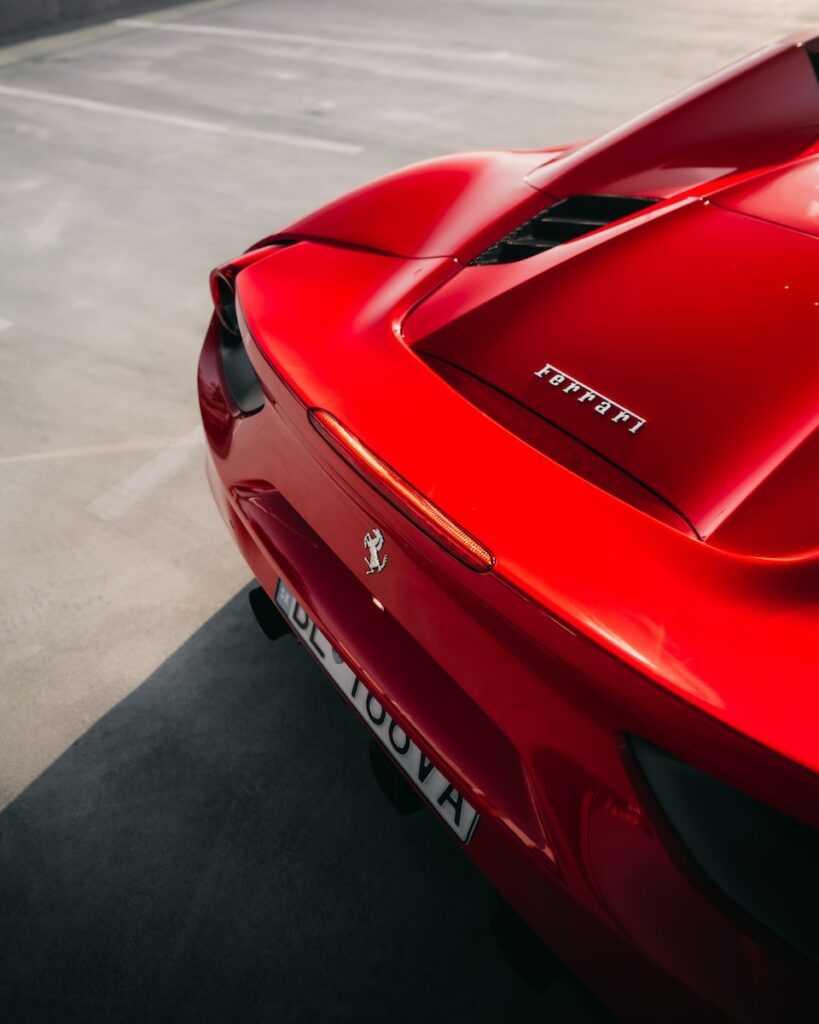
Frequently Asked Questions
1. What are the essential lighting techniques for car photography?
The essential lighting techniques for car photography include using natural light, incorporating artificial light sources like strobes and softboxes, and experimenting with light manipulation techniques.
2. How can I achieve ideal lighting situations for captivating car photography?
To achieve ideal lighting situations in car photography, it is crucial to understand the concept of lighting ratios, control highlights and shadows, and effectively use light modifiers like reflectors and diffusers.
3. What are some effective ways to manipulate light in automotive imagery?
Some effective ways to manipulate light in automotive imagery include using light painting techniques, creating dramatic shadows and reflections, and experimenting with lens flares and bokeh effects.
4. Can you recommend any specific lighting equipment for car photography?
Yes, for car photography, it is recommended to have a versatile lighting kit consisting of strobes, softboxes, reflectors, and diffusers. Additionally, using color gels and light stands can enhance the lighting effects.
5. Are there any tips for achieving professional-looking car photography lighting?
Absolutely! To achieve professional-looking car photography lighting, make sure to pay attention to the positioning of lights, experiment with different angles and perspectives, and consider the color temperature of the light sources to create a cohesive look.
6. How does lighting impact the overall mood and style of car photography?
Lighting plays a significant role in setting the mood and style of car photography. Different lighting techniques can evoke various emotions, create dynamic compositions, and emphasize the beauty and details of the automotive subject.
7. Are there any post-processing techniques to enhance car photography lighting?
Yes, in post-processing, you can enhance car photography lighting by adjusting the exposure, contrast, and highlights/shadows. You can also use techniques like dodging and burning to selectively enhance or darken certain areas of the image.
8. Where can I learn more about advanced lighting techniques for car photography?
There are several resources available to learn more about advanced lighting techniques for car photography. Online tutorials, workshops, and photography forums dedicated to automotive imagery can provide valuable insights and guidance.
9. Can you recommend any must-have books or guides on car photography lighting?
A must-read book for car photography enthusiasts is “Lighting the Automotive Landscape: Techniques for Lighting Automotive Photographs” by Barry Dawson. This comprehensive guide covers various aspects of lighting and composition in automotive photography.
10. How can I practice and improve my car photography lighting skills?
To practice and improve car photography lighting skills, it is recommended to experiment with different lighting setups, study the work of professionals in the field, participate in photography challenges or assignments, and seek constructive feedback from peers or mentors.
Wrap Up:
By mastering the essential lighting techniques discussed in this blog, you are now equipped with the knowledge to create stunning automotive imagery. Remember, lighting is the key to capturing the true beauty of any car. Experiment with different light manipulation techniques and utilize various lighting sources to create unique and captivating photos.
Don’t be afraid to think outside the box and try unconventional lighting setups. The more you practice, the more confident you’ll become in your car photography skills.
Have you tried any of these lighting techniques in your car photography? Share your experiences and photo samples in the comments below. Let’s inspire and learn from each other!
